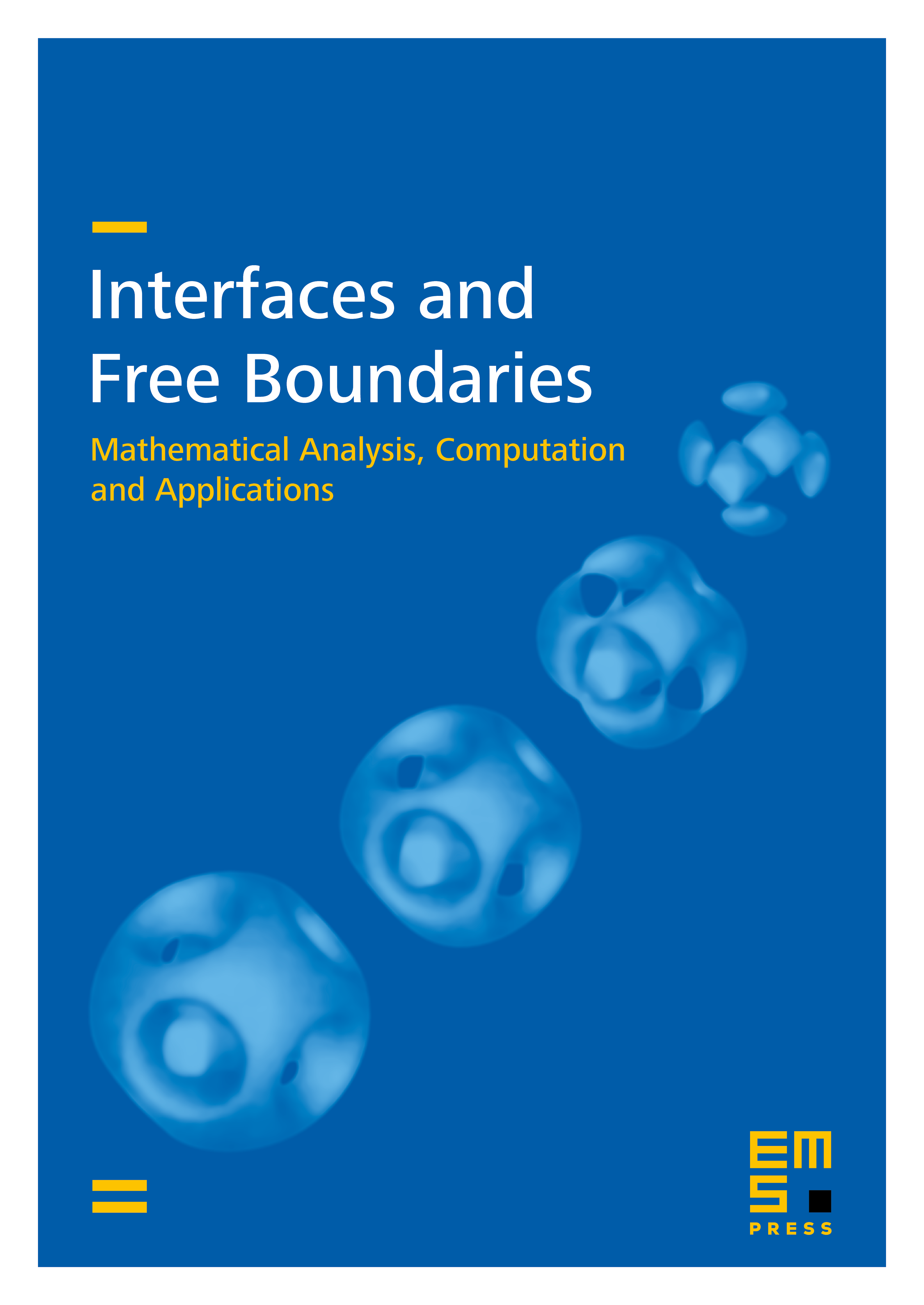Motion of discrete interfaces in periodic media
Andrea Braides
Università di Roma Tor Vergata, ItalyGiovanni Scilla
Università di Roma La Sapienza, Italy

Abstract
We study the motion of discrete interfaces driven by ferromagnetic interactions in a two-dimensional periodic environment by coupling the minimizing movements approach by Almgren, Taylor and Wang and a discrete-to-continuous analysis. The case of a homogeneous environment has been recently treated by Braides, Gelli and Novaga, showing that the effective continuous motion is a flat motion related to the crystalline perimeter obtained by -convergence from the ferromagnetic energies, with an additional discontinuous dependence on the curvature, giving in particular a pinning threshold. In this paper we give an example showing that in general the motion does not depend only on the -limit, but also on geometrical features that are not detected in the static description. In particular we show how the pinning threshold is influenced by the microstructure and that the effective motion is described by a new homogenized velocity.
Cite this article
Andrea Braides, Giovanni Scilla, Motion of discrete interfaces in periodic media. Interfaces Free Bound. 15 (2013), no. 4, pp. 451–476
DOI 10.4171/IFB/310